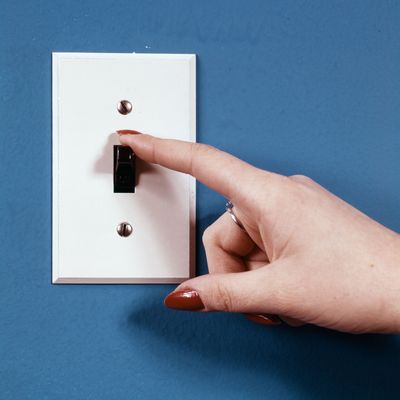
Obsessive-compulsive disorder manifests itself in many forms, but perhaps the one most commonly known is compulsive checking. (Did you really turn off the curling iron? Is the door actually locked? Are you sure?) A recent study, highlighted by psychologist Christian Jarrett today, prompts a new way of thinking about these behaviors, by exploring the potential role of guilt. What if compulsive checking is, at least partially, determined by a person’s “guilt-sensitivity” — in other words, their fear of feeling guilty?
For the study, Italian researcher Gabriele Melli and his colleagues came up with a set of questions designed to measure guilt-sensitivity, by asking the study volunteers to rate how much they agreed with a series of statements: things like, “Guilt is one of the most intolerable feelings,” or, “The idea of feeling guilty because I was careless makes me very anxious.” In one experiment, the researchers surveyed about 500 people from an Italian community, and found that those who scored higher on the guilt-sensitivity scale were also more likely to report checking behaviors. In a second experiment, Melli and his co-authors asked 61 people diagnosed with OCD and 47 people with general anxiety disorder to take the questionnaire. As Jarrett explains on his site, BPS Research Digest:
The results showed there was a strong correlation between levels of guilt-sensitivity and OCD symptoms related to compulsive checking, even after controlling for different levels of general anxiety and depression and obsessive beliefs, such as an irrational sense of responsibility. Moreover, guilt-sensitivity was especially high for OCD clients whose … symptoms related to ritualistic checking.
In both experiments, those who “found guilt unbearable” were also the most likely to report compulsive checking, Jarrett writes. He cautions that, of course, this is preliminary research, and does not definitively outline a cause-and-effect. For now, at least, it’s a fascinating, nuanced way to think about these behaviors.

